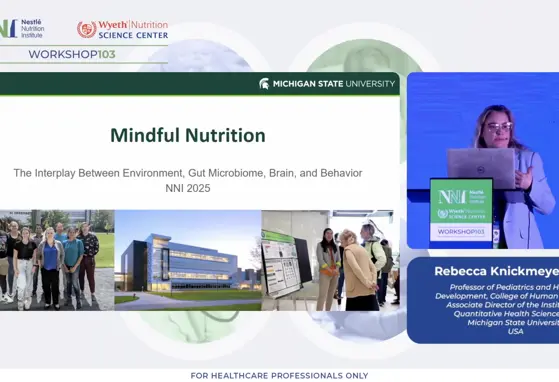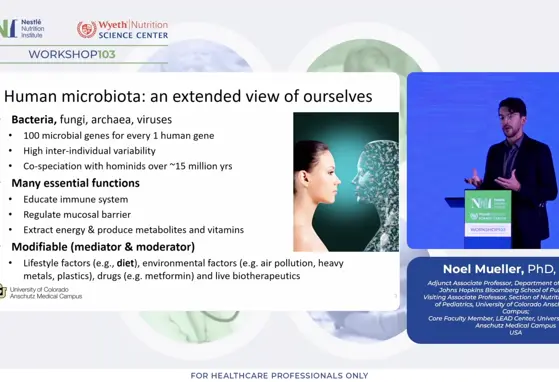Gut Microbiota
Microbiota is the good (and bad bacteria) in your gut. Every human being carries about 1-2kg of gut microbiota representing a number of cells far bigger than all our body cells together. Here we provide the latest science on the relation between nutrition, gut microbiome, immune system and human health.


In-Depth Characterization of Hydrolyzed Infant Formulas and Association with Biological Effects

ELBW infants: risk of postnatal growth retardation and the role of enteral nutrition

Complementary Feeding Interventions in Low and Middle Income Countries (LMIC)


The microbiome - personalized nutrition for better health

Microbiota Modification in Early Life. Where are we in 2015?

Perinatal Programming - Myths, Fact, and Future of Research


